Have you ever wondered how fast your nails grow? Maybe you’ve noticed that one of your nails seems to grow faster than the others, or that your nails grow faster during the summer months. Whatever the case may be, understanding your nail growth rate is important for maintaining healthy nails. In this article, we’ll explore the nail growth rate per day and what factors can affect it.
What is the average nail growth rate per day?
The average nail growth rate is about 0.1 millimeters per day, or approximately 3 millimeters per month. However, this can vary depending on several factors, such as age, gender, and overall health.
Factors that can affect nail growth rate

1. Age: As we age, our nail growth rate tends to slow down. This is because the body’s ability to produce new cells decreases over time.
2. Gender: Women generally have a faster nail growth rate than men.
3. Overall health: Certain health conditions, such as thyroid disorders and anemia, can affect nail growth rate.
4. Season: Nails tend to grow faster during the summer months than during the winter months.
How to promote healthy nail growth

If you want to promote healthy nail growth, there are several things you can do:
1. Eat a balanced diet rich in vitamins and minerals.
2. Keep your nails clean and dry.
3. Avoid harsh chemicals and excessive use of nail polish.
4. Moisturize your nails and cuticles regularly.
5. Don’t bite your nails or pick at your cuticles.
How to measure your nail growth rate

If you’re curious about your own nail growth rate, you can measure it yourself using a ruler or tape measure. Simply measure the length of your nail from the base to the tip, and then measure it again a few days later. The difference between the two measurements will give you an idea of how fast your nails are growing.
Conclusion
Understanding your nail growth rate can help you maintain healthy nails and identify any potential health issues. While the average nail growth rate is about 0.1 millimeters per day, this can vary depending on several factors such as age, gender, and overall health. To promote healthy nail growth, be sure to eat a balanced diet, keep your nails clean and moisturized, and avoid harsh chemicals and excessive use of nail polish.

Related video of Nail Growth Rate Per Day: What You Need to Know
Mythical creatures have been a part of human mythology for centuries. These creatures are often seen in tales, legends, and folklore from around the world. Some are friendly and helpful, while others are dangerous and malevolent. Here are some of the most fascinating mythical creatures from around the world.
Unicorns
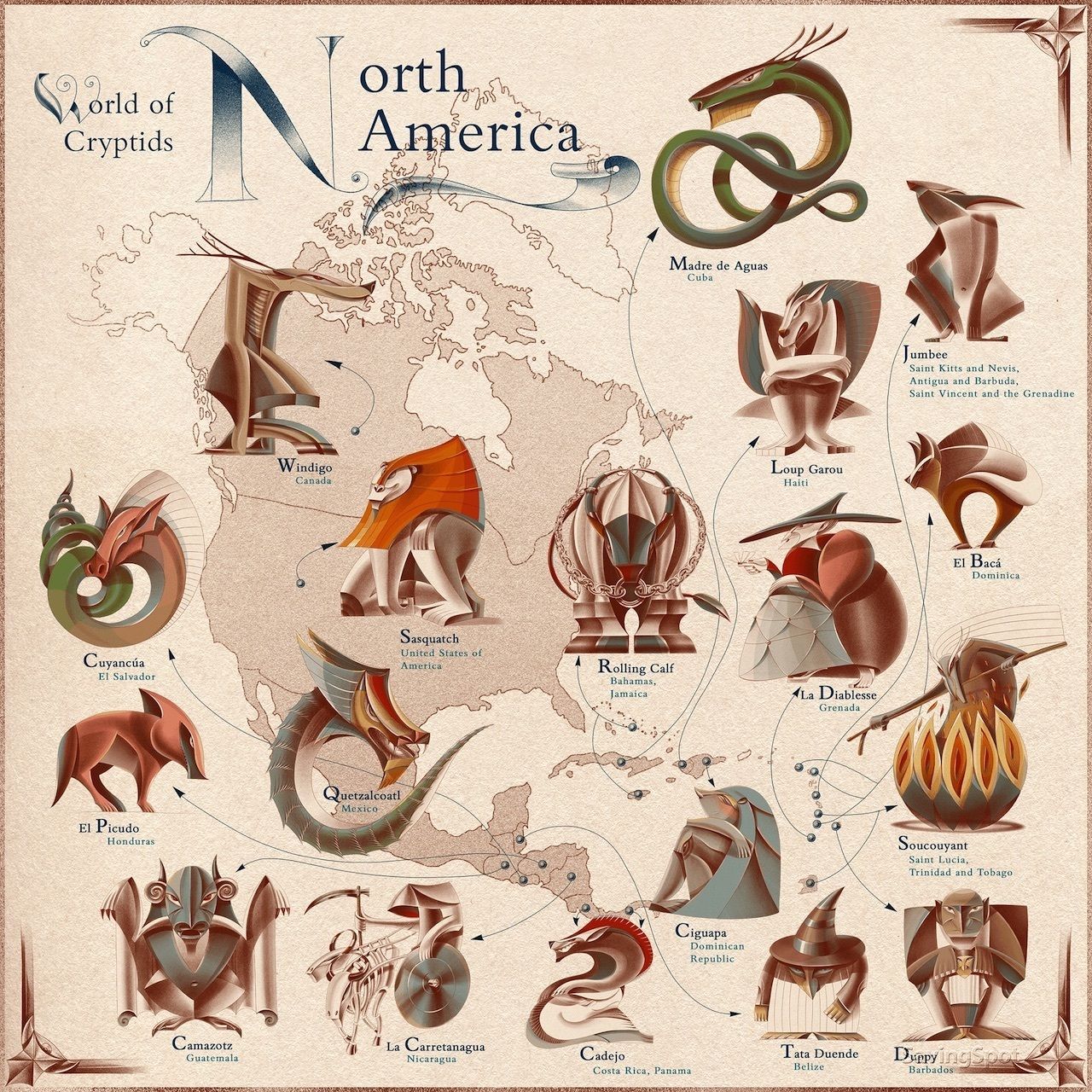
One of the most popular mythical creatures is the unicorn, a horse-like creature with a single horn on its forehead. Unicorns are often associated with purity, grace, and healing.
Dragons
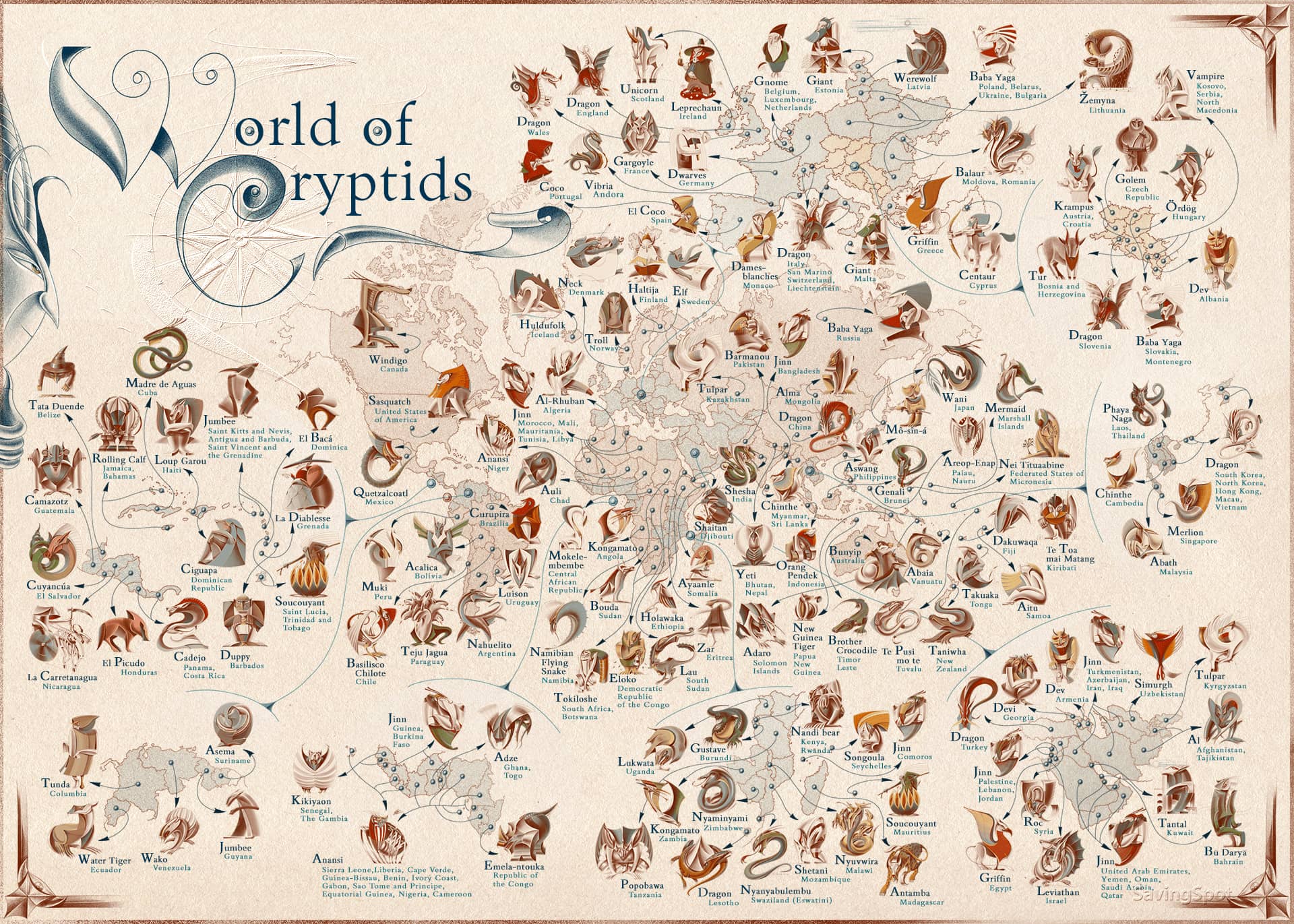
Dragons are another popular mythical creature that can be found in cultures around the world. These creatures are often depicted as large, fire-breathing beasts with wings and sharp claws.
Mermaids

Mermaids are mythical creatures that are half human and half fish. They are often associated with the sea and are said to lure sailors to their doom with their beautiful voices.
Bigfoot

Bigfoot, also known as Sasquatch, is a legendary creature said to inhabit the forests of North America. It is described as a large, hairy ape-like creature that walks on two legs.
Chimera
The Chimera is a creature from Greek mythology that has the body of a lion, the head of a goat, and the tail of a serpent. It is often associated with fire and is said to breathe flames.
Phoenix

The Phoenix is a mythical bird that is said to rise from the ashes of its own destruction. It is often associated with rebirth and renewal.
Minotaur

The Minotaur is a creature from Greek mythology that has the head of a bull and the body of a man. It is said to have lived in a maze-like structure called the Labyrinth.
Centaur

Centaur is a creature from Greek mythology that has the upper body of a human and the lower body of a horse. They are often depicted as fierce warriors.
Griffin
The Griffin is a creature with the body of a lion and the head of an eagle. It is often associated with power and strength.
Kraken

The Kraken is a legendary sea monster that is said to dwell off the coasts of Norway and Greenland. It is described as a giant octopus or squid.
Cyclops

The Cyclops is a creature from Greek mythology that has a single eye in the middle of its forehead. They are often depicted as fierce giants.
Yeti

The Yeti, also known as the Abominable Snowman, is a legendary creature said to inhabit the Himalayan region of Nepal, Bhutan, and Tibet. It is described as a large, ape-like creature that walks on two legs.
Leviathan

The Leviathan is a sea monster from Jewish mythology that is said to be so large that it can swallow whole ships. It is often associated with chaos and destruction.
Phoenix

The Phoenix is a mythical bird that is said to rise from the ashes of its own destruction. It is often associated with rebirth and renewal.
Bigfoot

Bigfoot, also known as Sasquatch, is a legendary creature said to inhabit the forests of North America. It is described as a large, hairy ape-like creature that walks on two legs.
Chimera

The Chimera is a creature from Greek mythology that has the body of a lion, the head of a goat, and the tail of a serpent. It is often associated with fire and is said to breathe flames.
Phoenix

The Phoenix is a mythical bird that is said to rise from the ashes of its own destruction. It is often associated with rebirth and renewal.
Minotaur

The Minotaur is a creature from Greek mythology that has the head of a bull and the body of a man. It is said to have lived in a maze-like structure called the Labyrinth.
Centaur

Centaur is a creature from Greek mythology that has the upper body of a human and the lower body of a horse. They are often depicted as fierce warriors.
Griffin

The Griffin is a creature with the body of a lion and the head of an eagle. It is often associated with power and strength.
Kraken

The Kraken is a legendary sea monster that is said to dwell off the coasts of Norway and Greenland. It is described as a giant octopus or squid.
Cyclops

The Cyclops is a creature from Greek mythology that has a single eye in the middle of its forehead. They are often depicted as fierce giants.
Yeti

The Yeti, also known as the Abominable Snowman, is a legendary creature said to inhabit the Himalayan region of Nepal, Bhutan, and Tibet. It is described as a large, ape-like creature that walks on two legs.
Leviathan

The Leviathan is a sea monster from Jewish mythology that is said to be so large that it can swallow whole ships. It is often associated with chaos and destruction.
Conclusion
Mythical creatures have always fascinated people with their unique abilities and characteristics. They are a part of human folklore and culture, and their stories have been passed down through generations. Whether they are friendly or dangerous, these creatures continue to capture our imaginations and remind us of the power of storytelling.
Related video of Mythical Creatures From Around The World
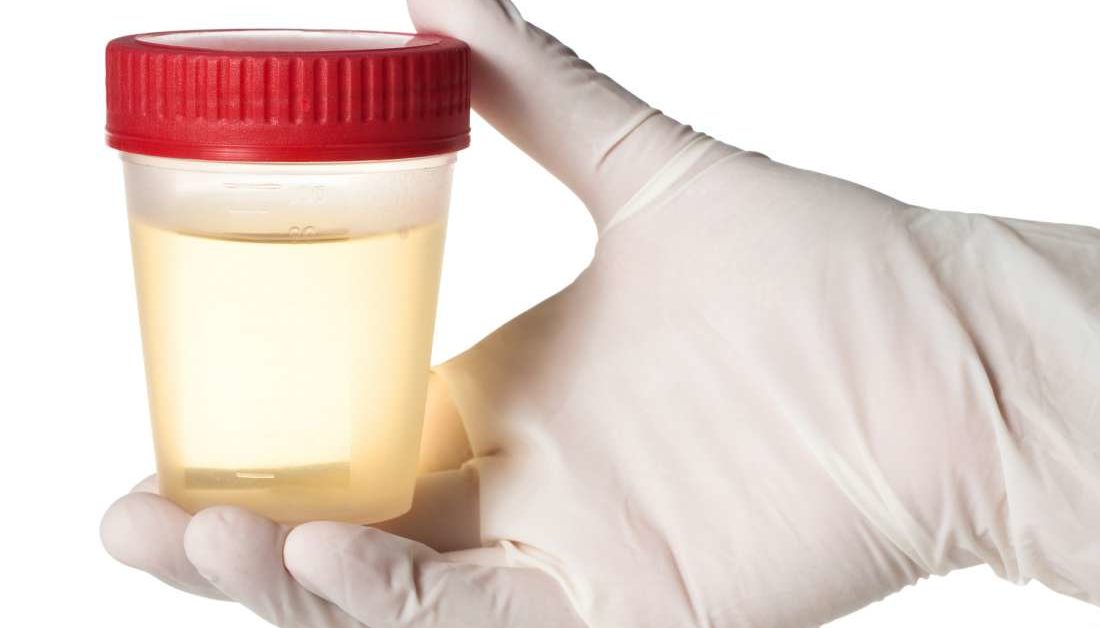
Urine is a waste product that is produced by the kidneys and excreted through the bladder. It is composed of water, urea, and other waste products. Urine is usually clear and odorless, but sometimes it can have a strong, unpleasant odor. If your urine smells terrible, it is important to find out why.
Causes of Smelly Urine

There are many possible causes of smelly urine. Some of the most common causes include:
- Dehydration
- Urinary tract infections
- Certain foods and medications
- Liver or kidney disease
- Diabetes
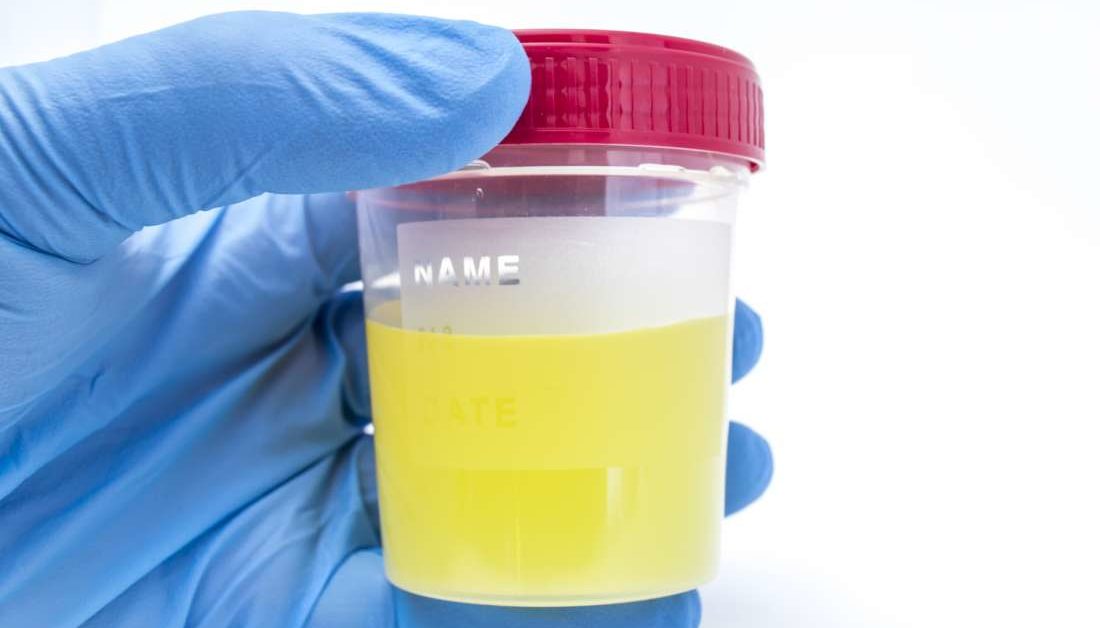
Dehydration
Dehydration occurs when your body does not have enough water. This can cause your urine to become concentrated and have a strong odor. To prevent dehydration, it is important to drink plenty of water throughout the day.
Urinary Tract Infections

Urinary tract infections (UTIs) are a common cause of smelly urine. UTIs occur when bacteria enter the urinary tract and multiply. This can cause pain, burning, and a strong odor when you urinate. If you think you have a UTI, it is important to see a doctor for treatment.
Certain Foods and Medications

Some foods and medications can also cause your urine to have a strong odor. For example, asparagus, garlic, and coffee can all make your urine smell bad. Certain medications, such as antibiotics and B vitamins, can also cause changes in urine odor.
Liver or Kidney Disease

Liver or kidney disease can also cause changes in urine odor. These conditions can affect the way your body processes waste products, leading to a buildup of toxins in your urine. If you have liver or kidney disease, it is important to work with your doctor to manage your condition.
Diabetes

Diabetes can also cause changes in urine odor. High blood sugar levels can cause your urine to have a sweet, fruity odor. If you have diabetes, it is important to work with your doctor to manage your blood sugar levels.
Treatment for Smelly Urine
Treatment for smelly urine depends on the underlying cause. If your urine smells bad because you are dehydrated, drinking more water can help. If you have a UTI or other infection, a doctor may prescribe antibiotics. If your urine odor is caused by certain foods or medications, avoiding these substances can help.
When to See a Doctor
/what-does-cloudy-urine-mean-3522280-5c77308ac9e77c00012f815e.png)
If your urine smells terrible and you are not sure why, it is important to see a doctor. They can perform tests to determine the underlying cause and recommend appropriate treatment. In some cases, smelly urine can be a sign of a more serious medical condition, such as liver or kidney disease.
Prevention

There are several steps you can take to prevent smelly urine. These include:
- Drinking plenty of water throughout the day
- Eating a healthy, balanced diet
- Avoiding foods and medications that can cause changes in urine odor
- Practicing good hygiene
Conclusion
Smelly urine can be a sign of an underlying medical condition or simply a result of certain foods or medications. If you are concerned about the odor of your urine, it is important to see a doctor. They can perform tests to determine the underlying cause and recommend appropriate treatment. By taking steps to prevent smelly urine, you can maintain good health and avoid embarrassing situations.
Related video ofMy Urine Smells Terrible
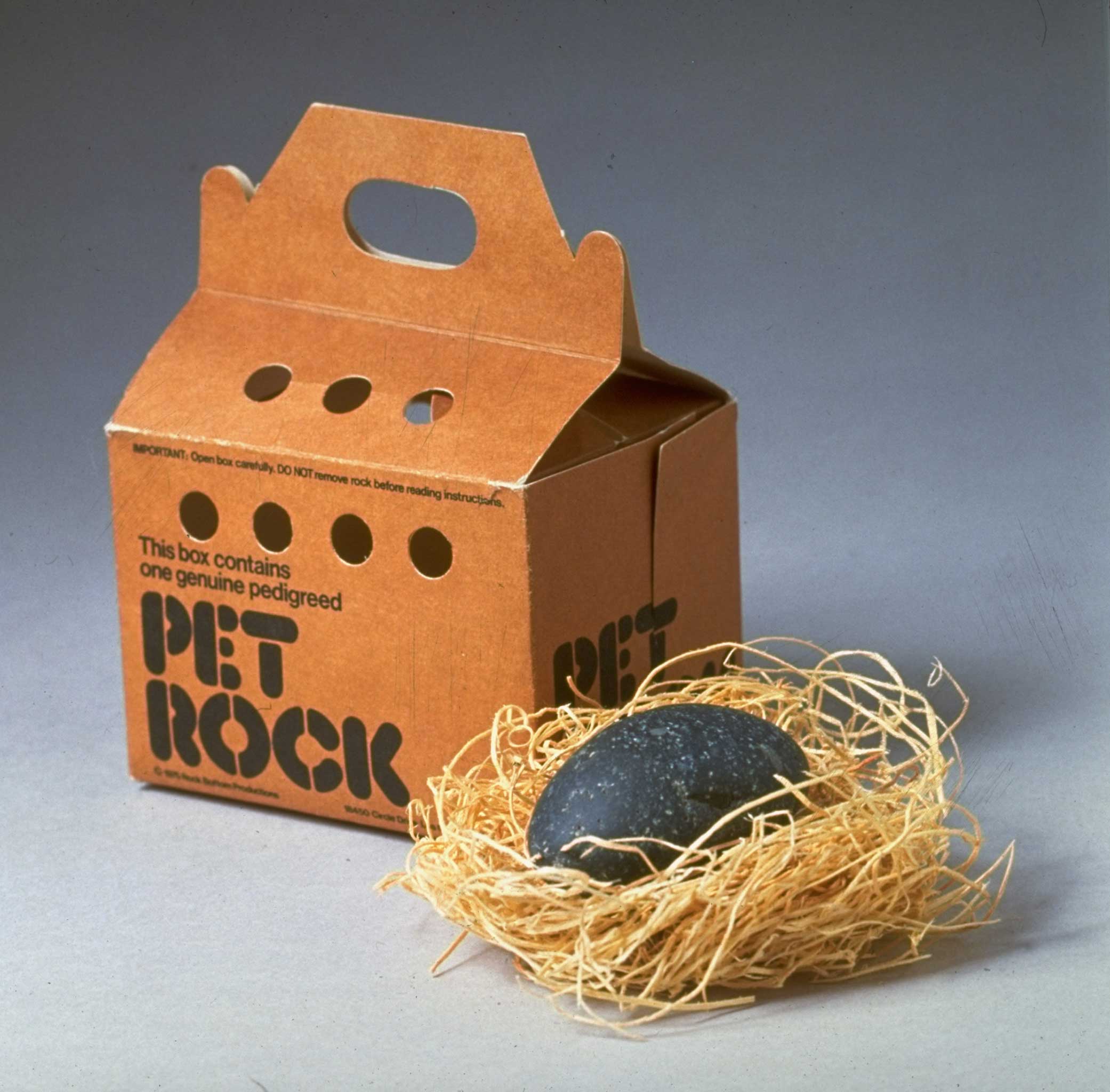
As a child, I always wanted a pet, but my parents were not keen on the idea. One day, while on a family trip to a local park, I stumbled upon something that would change my life forever - a pet rock.
Finding My Pet Rock

While exploring the park, I stumbled upon a small rock that caught my eye. It was smooth, round, and had a unique pattern that made it stand out from the other rocks. I picked it up and decided to take it home with me.
Introducing My Pet Rock to My Family
When I got home, I proudly showed my new pet rock to my family. They were a bit confused at first, but eventually, they came around and accepted my pet rock as a member of our family.
My Pet Rock's Personality
Despite being an inanimate object, my pet rock had a distinct personality. It never complained, never needed to be fed or walked, and was always there for me when I needed it. Its quiet presence was a source of comfort during difficult times.
Activities with My Pet Rock

Although my pet rock was not able to do much, I found ways to keep it entertained. We would paint and decorate it, make clothes for it, and even take it on imaginary adventures. My pet rock became a part of every aspect of my life.
My Pet Rock's Impact on My Life

My pet rock taught me a lot about responsibility and caring for others. It also showed me that love and companionship can come in many different forms. My pet rock was a constant source of joy and comfort throughout my childhood.
Saying Goodbye to My Pet Rock
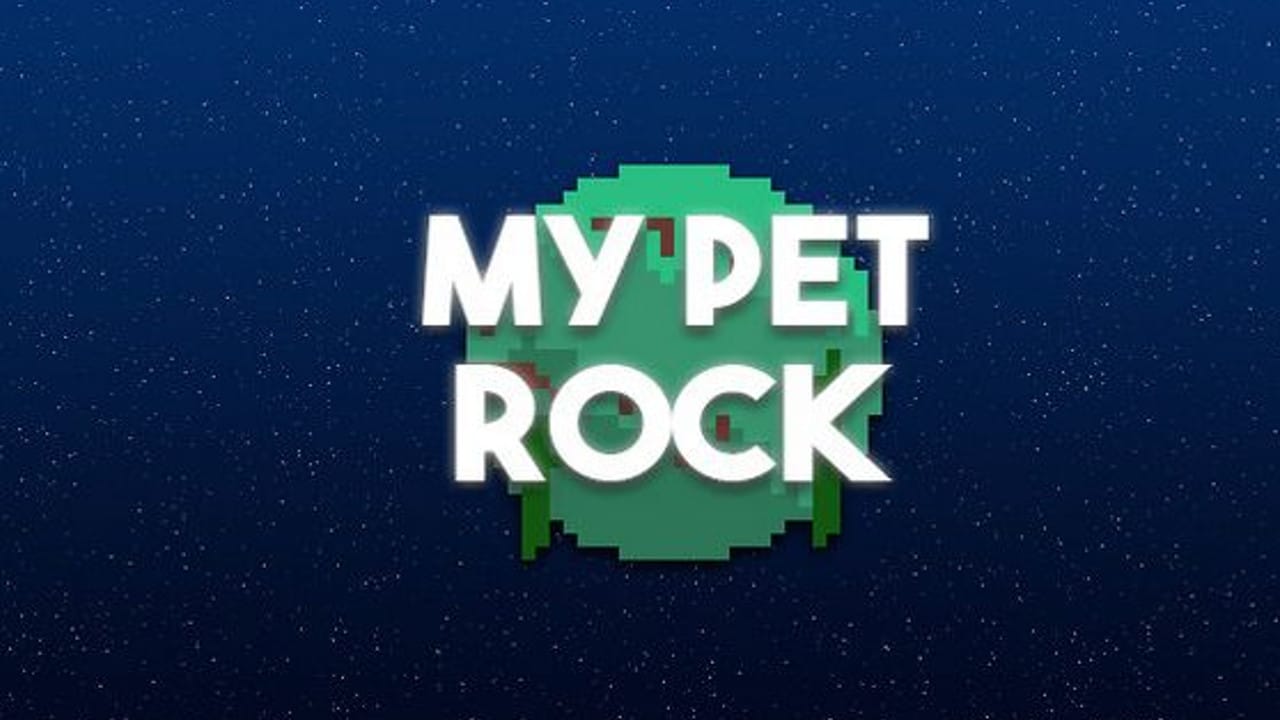
As I grew older, my interests shifted, and I eventually outgrew my pet rock. It was a sad moment when I had to say goodbye, but I will always cherish the memories we shared together.
The Legacy of My Pet Rock

Although my pet rock is no longer with me, its impact on my life has been long-lasting. It taught me to appreciate the simple things in life, and to find joy in unexpected places. My pet rock will always hold a special place in my heart.
Conclusion
My pet rock may have been a simple object, but it had a profound impact on my life. It taught me valuable lessons about love, companionship, and responsibility. Although it may seem silly to some, my pet rock will always hold a special place in my heart.
Related video of My Pet Rock Story

Having a blocked nose can be a frustrating experience, especially when it seems to only affect one side. This can make it difficult to breathe, sleep, and go about your daily activities. In this article, we will explore some of the common causes of one-sided nasal congestion and what you can do to find relief.
What Causes One-Sided Nasal Congestion?

One-sided nasal congestion can be caused by a variety of factors, including:
- Allergies: Allergies to pollen, dust, or other environmental triggers can cause inflammation in the nasal passages, leading to one-sided congestion.
- Sinusitis: Sinusitis is an infection or inflammation of the sinuses, which can cause one-sided congestion, pain, and pressure in the face.
- Nasal Polyps: Nasal polyps are noncancerous growths that can develop in the nasal passages and cause one-sided congestion, as well as a reduced sense of smell.
- Deviated Septum: A deviated septum is a common condition where the cartilage that separates the nostrils is crooked or off-center, causing one-sided congestion and difficulty breathing.
What Are The Symptoms Of One-Sided Nasal Congestion?

The symptoms of one-sided nasal congestion may include:
- Difficulty breathing through one nostril
- Feeling of pressure or pain on one side of the face
- Nasal discharge
- Reduced sense of smell
- Sinus headaches
How Can One-Sided Nasal Congestion Be Treated?

The treatment for one-sided nasal congestion will depend on the underlying cause. Some common treatments may include:
- Nasal Sprays: Over-the-counter nasal sprays, such as saline sprays or decongestants, can help to reduce nasal inflammation and improve breathing.
- Antihistamines: Antihistamines can help to reduce allergy symptoms and relieve nasal congestion caused by allergies.
- Sinus Surgery: In some cases, surgery may be necessary to remove nasal polyps or correct a deviated septum.
What Can I Do To Prevent One-Sided Nasal Congestion?
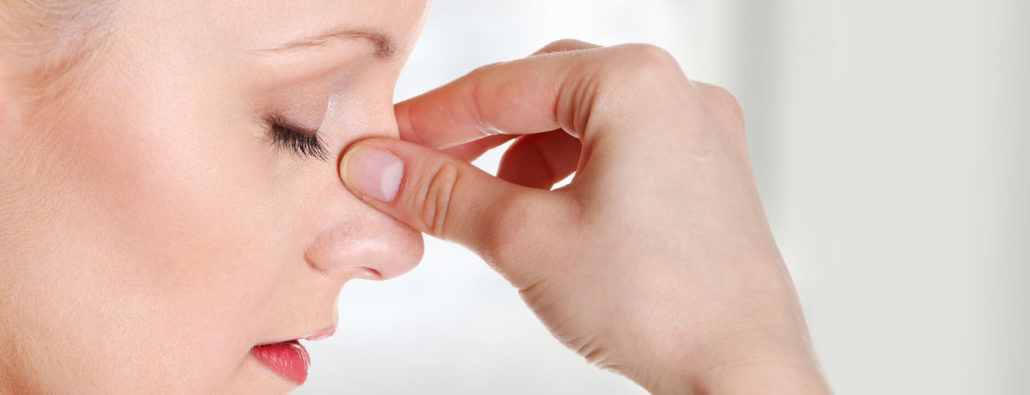
Some tips to help prevent one-sided nasal congestion include:
- Avoiding allergens that trigger your symptoms
- Keeping your home clean and free of dust and other irritants
- Using a humidifier to keep the air moist
- Practicing good nasal hygiene by blowing your nose gently and frequently
Conclusion
One-sided nasal congestion can be a bothersome symptom that can affect your quality of life. Understanding the underlying cause of your congestion and seeking appropriate treatment can help you find relief and breathe easier.